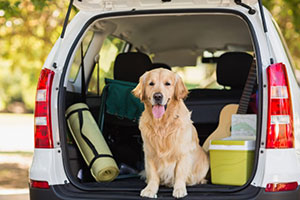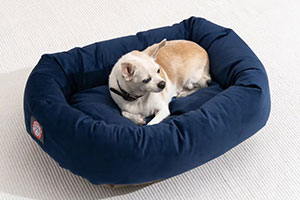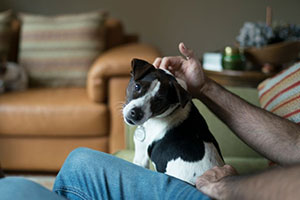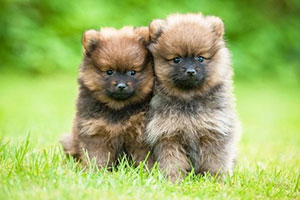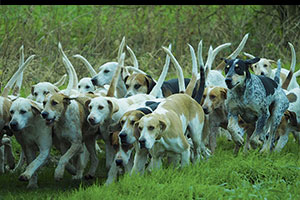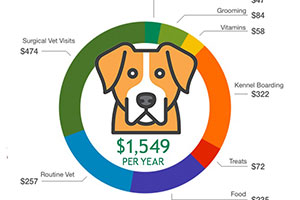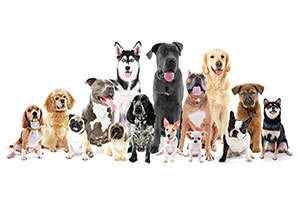Choosing a Puppy
Choosing your dog | by
Do not accept excuses about the condition and environment that a puppy is in or its behavior, and never buy a puppy out of pities because nobody wanted it and you feel sorry for it. In an ideal situation, the puppies should be the one choosing their new owners, rather than the other way around which is usually the case.
A puppy that is too shy may have develop socialization problems later on in its life, and the puppy that is bold enough to come forward from the nest, asking to be chosen, is usually the right one to buy.
The puppy must be active, attentive and have bright and clean eyes, its nose must also be cleaned (but a little crust of food is fine), a wax free ears, with a clean coat and pleasant to handle and without unpleasant smell. Extra care must be taken to ensure that there must be no sign of any sores or grittiness on the puppy's skin and coat. Sometimes you will notice some black "coat dust" which is usually the flea dirt - fleas themselves are not so easy to be spotted. Monitor all the puppies briefly to ensure that they have been well taken cared for before buying.
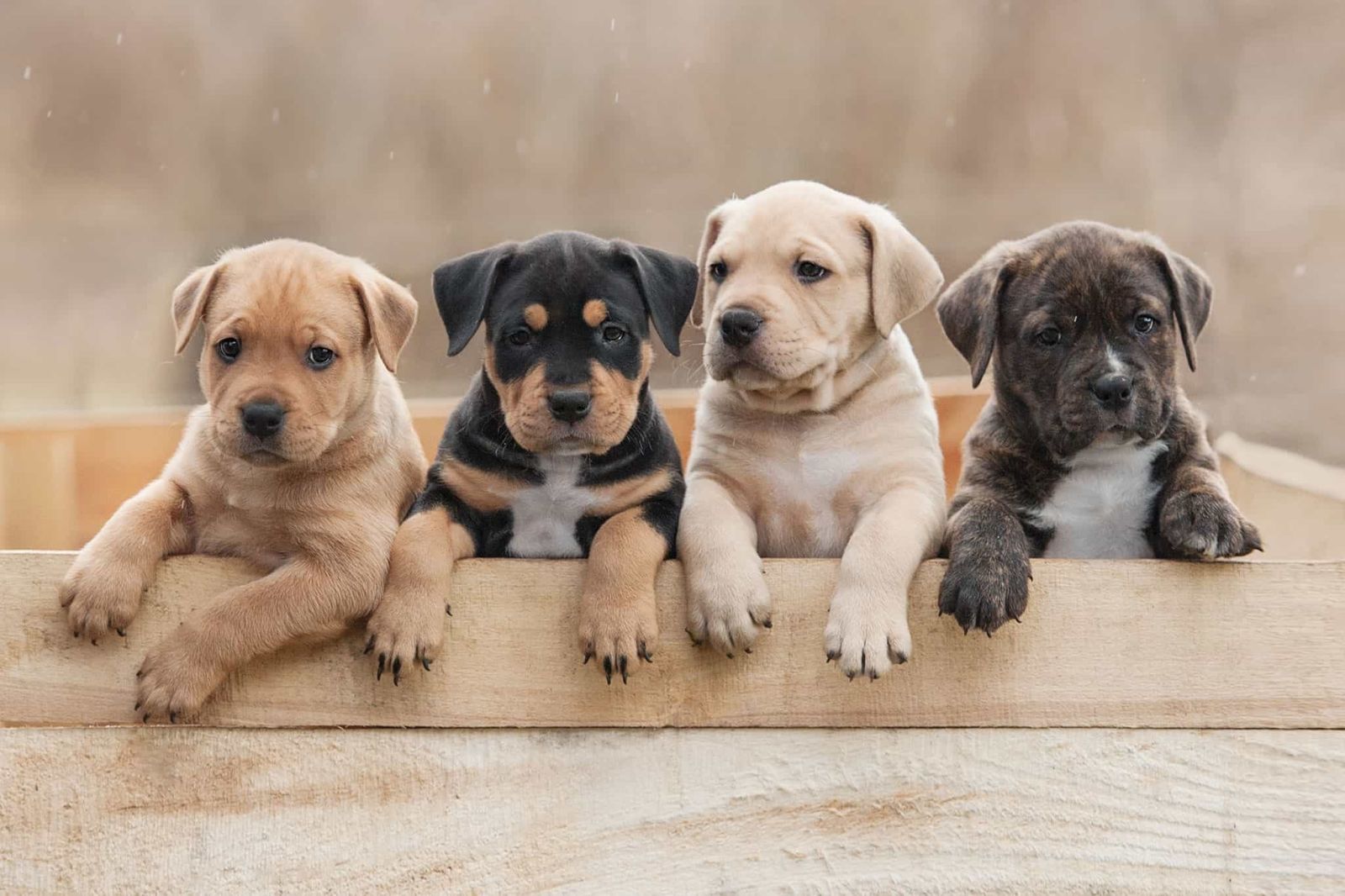
Some tips on choosing a puppy:
-
Make sure there is no discharge from the eyes but forgive a scratch or two on the face.
-
The membranes of the nose must be clear and free of discharge. There must be no sign of a runny nose.
-
The inside of the ears must look pink and shiny, without any inflammation or dark-colored wax. It should not look sore.
-
Soreness or inflammation of the rims of the eyes, or eyes that are not completely clear, may be serious signs of present or potential disease.
-
The puppy's coat and skin should feel loose and soft to the touch. The skin should be free of sores.
-
Sturdy and strong limbs are a must for any breed, although if you fancy an Italian Greyhound, don't expect him to be this sturdy.
-
Puppies should have a clean bottom. Signs of diarrhea are obvious from a quick examination behind. The whole litter should be examined.
